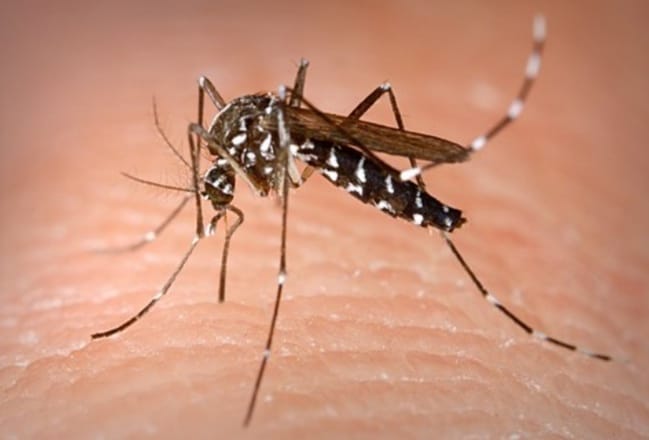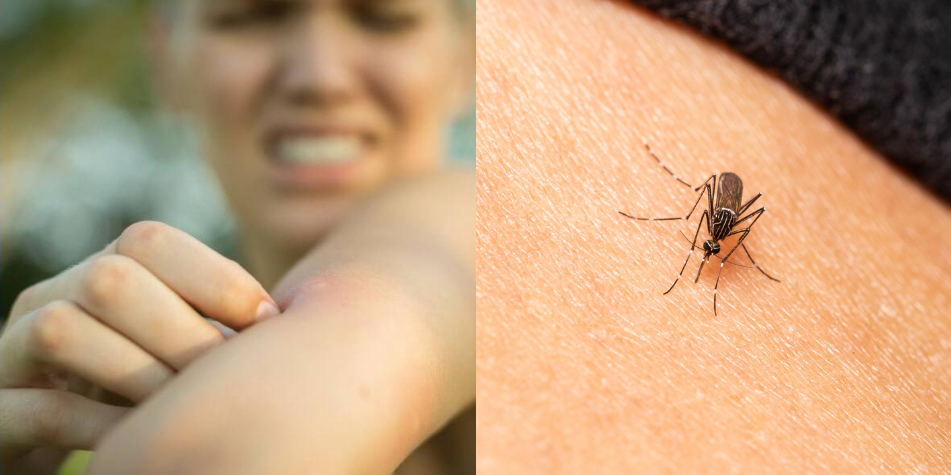Dengue and chikungunya could reach Europe due to climate change and the tiger mosquito.

For years, diseases like dengue and chikungunya seemed confined to tropical regions. But that idea is beginning to become obsolete.
New research published in The Lancet Planetary Health warns that both viruses are on track to become endemic in parts of Europe , driven by climate change and the spread of the Asian tiger mosquito (Aedes albopictus), their primary vector of infection.
The study, titled Impact of Climate and Aedes albopictus Establishment on Dengue and Chikungunya Outbreaks in Europe: A Time-to-Event Analysis, was conducted by an international team of epidemiologists and climatologists.
The authors used data from 17 European countries between 2010 and 2020, and applied statistical models to predict the occurrence of outbreaks.
Their conclusion is clear and worrying: the risk of autochthonous outbreaks increases significantly in regions where the mosquito is already established, especially when warm weather conditions occur.
The tiger mosquito The Aedes albopictus mosquito, also known as the tiger mosquito, is native to Southeast Asia but has colonized large areas of Europe since the beginning of the 21st century. It adapts easily to temperate climates and can survive even in mild winters, which facilitates its spread.
According to the research, the mere presence of the mosquito in a European region doubles the likelihood of a local outbreak of dengue or chikungunya.

tiger mosquito Photo: Private archive
Furthermore, when temperatures rise by 1 to 5 degrees Celsius during the transmission season (June to October), the risk increases three to five times.
“Climate change is transforming the geography of infectious diseases,” the study authors explain. “And dengue and chikungunya are no longer distant threats to Europe.”
A threat that is already on the continent Although in most European cases, dengue or chikungunya infections have been imported by travelers, autochthonous outbreaks—that is, local transmissions with no travel history—have been reported for more than a decade.
France, Italy, and Spain are the countries experiencing the majority of these outbreaks. In France alone, more than 60 indigenous cases of dengue were reported in the summer of 2022.
Spain has recorded outbreaks in the Murcia region, Andalusia, and Catalonia , with the tiger mosquito established on the Mediterranean coast and in some northern areas.
Could it become an endemic disease? When a disease is endemic, it means it circulates constantly and steadily in a region, without the need for imported cases. In other words, it's part of the local "habitual disease landscape."
This is the scenario that The Lancet Planetary Health study predicts for several areas of southern Europe if urgent measures are not taken. As the climate warms and the tiger mosquito continues to spread, viral circulation could stabilize.
This would increase pressure on health systems, which would have to diagnose and treat diseases that until recently were exotic.
Furthermore, the authors warn of an additional problem: people in Europe lack natural immunity to these viruses, making them more vulnerable to serious illness.
Faced with this growing threat, researchers are calling for strengthening entomological and epidemiological surveillance systems in Europe. They propose expanding mosquito control programs, improving early case detection, and educating the public on how to reduce breeding sites.

Experts recommend taking steps during the summer to avoid mosquito bites. Photo: iStock
The study also highlights the need to integrate climate data into health prediction models. This would allow for more accurate outbreak prediction and more effective responses.
Specialists emphasize that the problem is not only health-related, but also climate-related. "Mitigating climate change also means mitigating the risk of infectious diseases," they assert.
While the outlook is worrisome, the authors of the study insist it is preventable . The spread of mosquitoes and viruses can be contained with swift, coordinated action. However, every summer that passes without decisive measures is a lost opportunity.
The results of this research are a wake-up call for authorities, medical personnel, and citizens. The lines between tropical and temperate regions are blurring, and with it, the certainties about which diseases "belong" to each region.
ANGELA MARÍA PÁEZ RODRÍGUEZ - SCHOOL OF MULTIMEDIA JOURNALISM EL TIEMPO.
eltiempo




